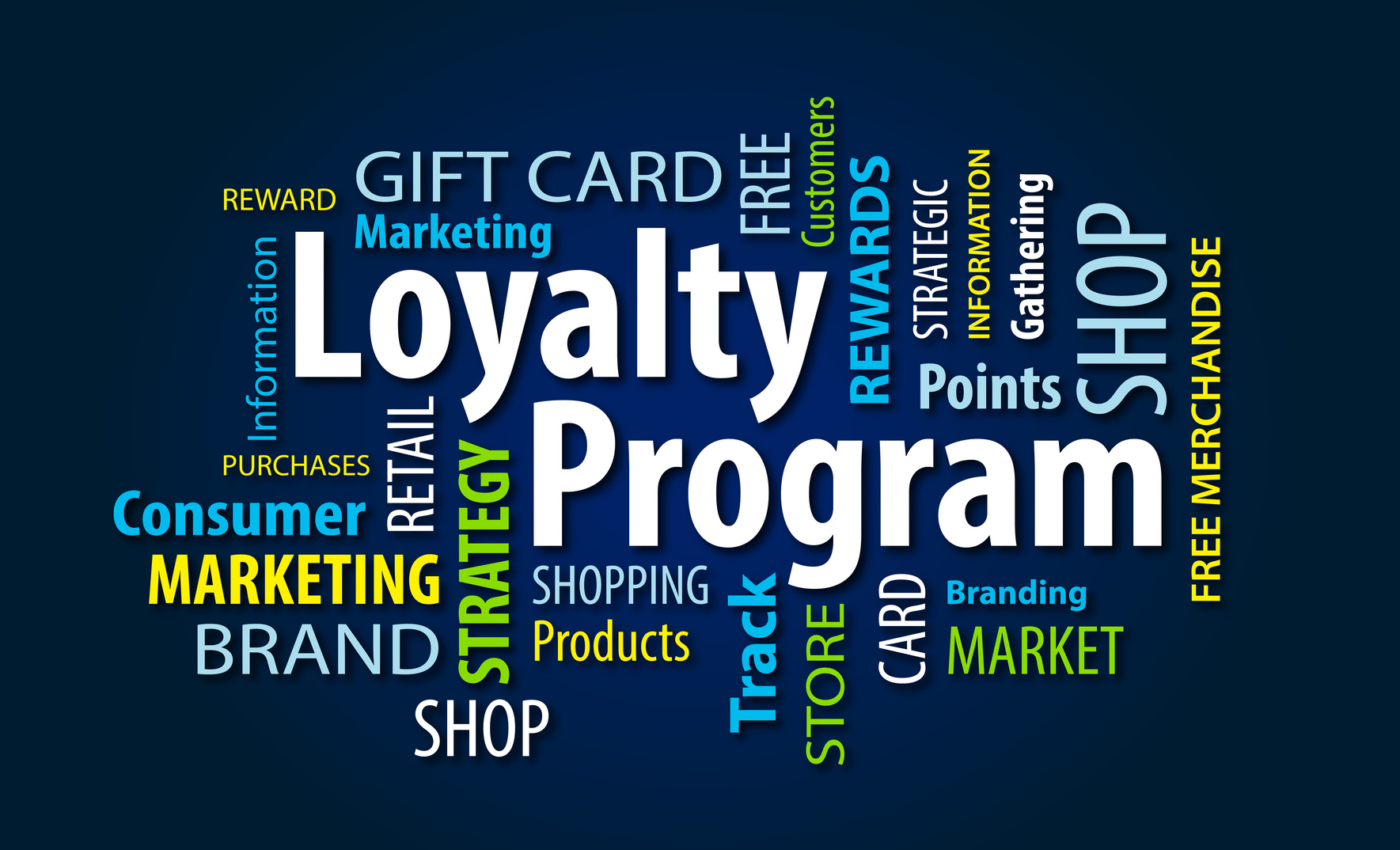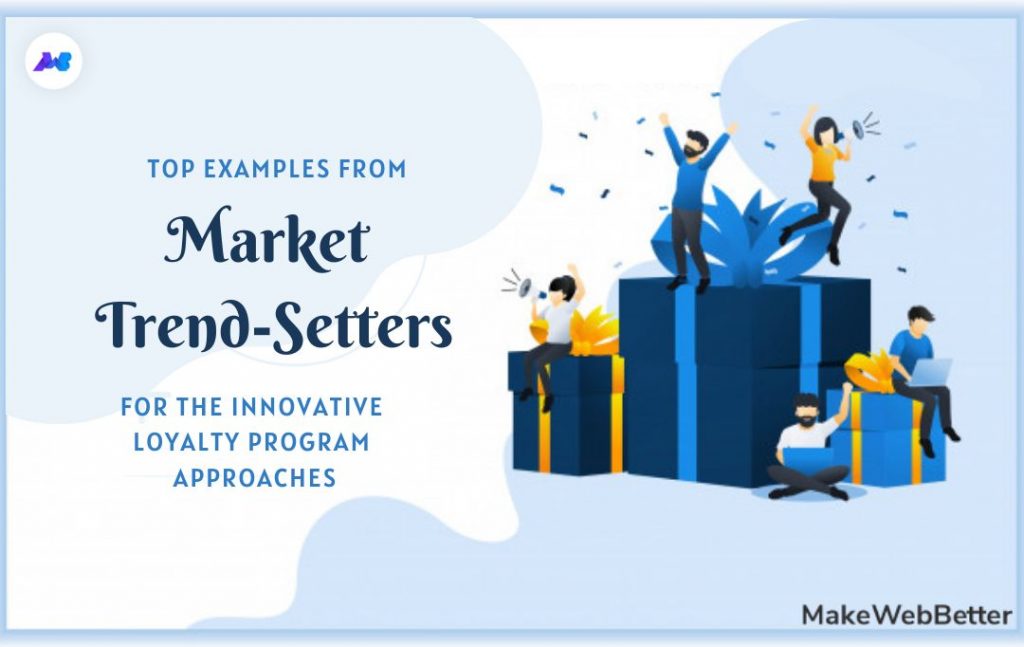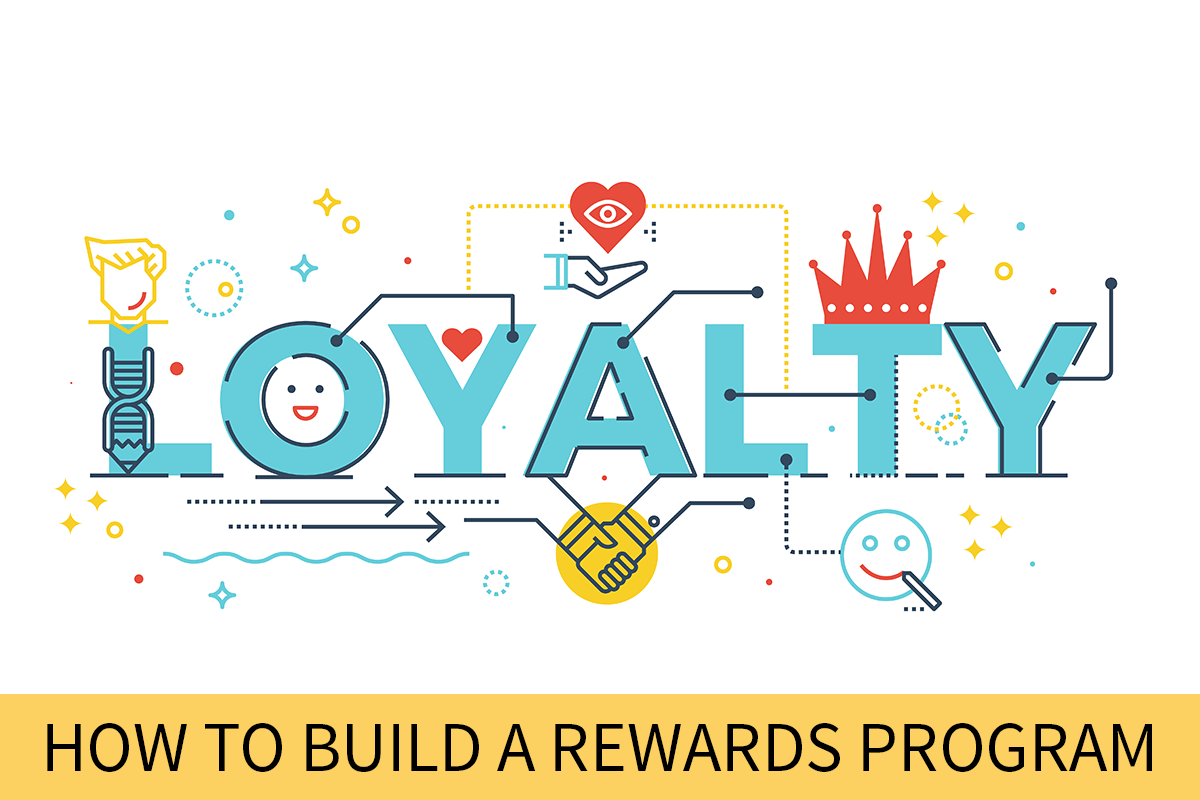All Categories
Featured
Table of Contents
In Macomb, MI, Kasey Hooper and Christopher Sutton Learned About Type Of Content

What if you could grow your business without increasing your costs? In truth, what if you could really reduce your costs however increase your sales, year after year? Would you do it? If you're an entrepreneur, then you'll likely provide a resounding 'yes', a simple answer to an even simpler question.
A rewards program tracks and benefits particular spending habits by the customer, providing unique benefits to devoted customers who continue to patronize a specific brand name. The more that the consumer invests in the store, the more advantages they get. With time, this reward develops faithful customers out of an existing customer base.

Even if you currently have a reward program in location, it's a great concept to dig in and totally comprehend what makes consumer loyalty programs work, as well as how to carry out one that costs you little money and time. Do not worry, I'll help you with that. I'll break down the main benefits of a commitment program and the very best ways to produce devoted clients.
Let's dig in. Consumer commitment is when a customer go back to do company with your brand over your rivals and is largely affected by the favorable experiences that the client has with your brand. The more positive the experience, the more most likely they will go back to shop with you. Customer loyalty is incredibly crucial to companies due to the fact that it will help you grow your company and sales faster than a basic marketing plan that focuses on recruiting new clients alone.
A few ways to measure client loyalty include:. NPS tools either send a brand name efficiency survey by means of e-mail or ask consumers for feedback while they are going to a company's website. This info can then be utilized to better comprehend the likelihood of consumer commitment. A repurchase ratio measures the ratio of repeat purchasers versus one-time purchasers.
Consumer commitment index (CLI). The CLI tracks client commitment over time and is similar to an NPS survey. However, it takes into consideration a few additional factors on top of NPS like upselling and buying. These metrics are then utilized to evaluate brand commitment. A customer loyalty program is a marketing method that rewards clients who make purchases and engage with the brand name on a continued basis.
Client benefits programs are developed to incentivize future purchases. This encourages them to continue working with your brand name. Consumer commitment programs can be set up in many different ways. A popular client commitment program rewards consumers through a points system, which can then be spent on future purchases. Another kind of client commitment program may reward them with member-exclusive advantages or free presents, or it might even reward them by contributing money to a charity that you and your customers are mutually enthusiastic about.
In 46140, Cade Andrade and Roderick Beltran Learned About Potential Clients
By providing rewards to your customers for being devoted and encouraging, you'll construct a rapport with them, deepening their relationship with your brand and hopefully making it less likely for them to change to a competitor. You've likely seen consumer loyalty programs in your own shopping experience, whether at your preferred cafes or your most frequented grocery shops.
However just because everybody is doing it does not mean that's a sufficient reason for you to do it too. The better you comprehend the advantages of a consumer rewards program, the more clarity you will have as you create one for your own store. You won't be sidetracked by amazing benefits and complicated commitment points systems.
Keep in mind: work smarter, not harder. Client retention is the primary benefit of a rewards program that acts as a foundation to all of the other benefits. As you provide rewards for your existing customer base to continue to acquire from your shop, you will offer your shop with a consistent circulation of cash month after month.
By growing your retention rate, you can stop investing as much time or money on increasing your total variety of clients. Why is this crucial? Faithful clients have a higher conversion rate than brand-new clients, indicating they are more most likely to make a transaction when they visit your shop than a brand-new customer.
By increasing your retention rate by only 5 percent, you can increase your revenues by 25 percent and as much as by 95 percent. Needless to state, your retention rate matters. Key Takeaway: If you wish to substantially increase your earnings, provide rewards for your existing clients to continue to shop at your shop.
And you will not have to spend money on marketing to get them there. Client acquisition (aka bringing in new customers) takes a lot of effort and money to convince total strangers to trust your brand, pertained to your shop, and attempt your items. In the end, any money made by this brand-new customer is overshadowed by all of the cash spent on getting them there.
Secret Takeaway: If you wish to reduce costs, focus on consumer retention rather of consumer acquisition. When you focus on providing a positive individualized experience for your existing consumers, they will naturally inform their pals and family about your brand. And with each subsequent transaction, faithful consumers will inform much more people per transaction.
In Sandusky, OH, Vincent Rocha and Aryanna Reyes Learned About Happy Customers
The finest part? Because these new consumers originated from trusted sources, they are most likely to become devoted customers themselves, spending more on typical than new clients brought in by other marketing efforts. The Chase Ultimate Rewards program, for instance, provides major perks for people who travel a lot.
The 'supreme benefits' that Chase cardholders receive include 2x points per dollar invested in all travel purchases in addition to primary rental automobile insurance, no foreign transaction charges, journey cancellation insurance, and purchase security. For people who take a trip a lotand have non reusable income to do sothere is an enormous incentive to invest cash through the supreme benefits program.
This entire process makes redeeming benefits something worth extoling, which is exactly what lots of cardholders end up doing. And to help them do it, Chase uses a benefit for that too. Key Takeaway: Make it easy for your consumers to extol you and they will get the word out about your look for totally free.
When you get the basics down, then utilizing a loyalty rewards app can help take care of the technical details. Here are the actions to begin with creating your customer commitment program. No consumer wants to buy products they do not desire or need. The exact same goes for your loyalty program.
And the only method to tailor a tempting customer commitment program is by thoroughly understanding your client base. The very best method to do this? By implementing these methods: Build consumer contact details wherever possible. Ensure your company is constantly constructing a comprehensive contact list that allows you to access existing consumers as typically and as quickly as possible.

Track customer habits. Know what your clients desire and when they want it. In doing so, you can expect their wants and requires and supply them with a commitment program that will satisfy them. Categorize consumer individual characteristics and choices. Take a multi-faceted technique, don't limit your commitment program to just one opportunity of success.
Motivate social media engagement. Frame methods to engage with your clients and target market on social media. They will quickly provide you with extremely insightful feedback on your items and services, allowing you to better comprehend what they anticipate from your brand name. When you have actually exercised who your consumers are and why they are doing business with your brand name, it's time to decide which kind of loyalty rewards program will motivate them to remain devoted to you.
In Asheville, NC, Camron Sanders and Michael Pineda Learned About Agile Workflows
Nevertheless, the most common customer loyalty programs centralize around these primary principles: The points program. This type of program concentrates on satisfying customers for every purchase they make with points in a point system. These points can then either be used on future purchases or put towards some form of benefit.
The paid program. This kind of program requires clients to pay a one-time or yearly cost to join your VIP list. Commitment members who come from this list are able to access distinct rewards or member-exclusive advantages. The charity program. This type of program is a bit various than the others.
This is achieved by encouraging them to do service with the brand name and, in return, their loyalty will be rewarded with a contribution to a charity. The tier program. This type of program focuses on increasing levels of brand loyalty. The more loyal a customer is to a brand, the greater tier they will reach and the much better the benefits they will receive.
This kind of program is simply as it sounds, where one brand partners with another brand name to supply their cumulative audiences with special member discounts or deals that they can redeem while doing business with either brand. The neighborhood program. This type of program incentivizes brand loyalty by offering its members with access to a similar neighborhood of individuals.
This type of program is fairly similar to paid programs, however, the membership cost occurs on a routine basis instead of a one-time payment. Next, choose which consumer interactions you 'd like to reward. Base these rewards around which interactions benefit your business one of the most. For instance, to help your organization out, you can use action-based rewards like these: Reward clients more when working with your brand during a slow period of the year or on a notoriously slow day of business.
Reward consumers for engaging with your brand on social media. Incentivize certain items you are attempting to move rapidly. Incentivize purchases that are over a specific dollar quantity. The idea is to make your consumer loyalty program as easy as possible for your customers to utilize. If your customer commitment program isn't personnel friendly, isn't easy to track, is too pricey to run, or isn't simple for your consumers to use or understand, then staff and clients alike most likely won't make the most of it.
To eliminate these barriers to entry, consider incorporating a customer loyalty software application that will assist you keep on top of all of these elements of your program. Some quality consumer program software application consist of:. CandyBar is a digital punch card program. It works by tracking your customer's purchases through an app on a computer, phone, or tablet.
In Palm City, FL, Rashad Schmitt and Fabian Walker Learned About Marketing Tips
Commitment members can then examine their rewards via text and service owners can utilize the program to call their consumers. Yotpo. Yotpo is a cloud-based consumer commitment platform specifically for eCommerce services. This software application is particularly great at gathering every type of user-generated material, helpful for tailoring a much better client experience.
Loopy Commitment is a handy consumer commitment software application for businesses that predominantly utilize Google Wallet or Apple Pay as their payment platforms. The software application produces a digital loyalty card that sends push alerts to their consumers' phones when they remain in close distance to their traditional shop. As soon as you have actually made the effort to decide which client loyalty methods you are going to implement, it's time to start promoting and signing up your first commitment members.
Use in-store ads, integrate call-to-actions on your website, send out promos through email newsletters, or upload promotional posts on social media to get your clients to sign up with. It is essential to understand the primary advantages of a consumer rewards program so that you can develop a personalized experience for both you and your consumer.
Think of it. You know what type of products your customers like to purchase however do you understand what brings them back, day after day, week after week? What makes them pick your store over the shop across the street? What makes them your customer and not the customer of your greatest competitor? Remarkably, the responses to these questions do not come down to discount rate prices or quality products.
Table of Contents
Latest Posts
In 17011, Mckinley Cochran and Yareli Hampton Learned About Online Community
In 99337, Sarah Ritter and Aryanna Reyes Learned About Potential Clients
In 20109, Kaleb Moon and Harmony Lara Learned About Effective Marketing Tips
More
Latest Posts
In 17011, Mckinley Cochran and Yareli Hampton Learned About Online Community
In 99337, Sarah Ritter and Aryanna Reyes Learned About Potential Clients
In 20109, Kaleb Moon and Harmony Lara Learned About Effective Marketing Tips